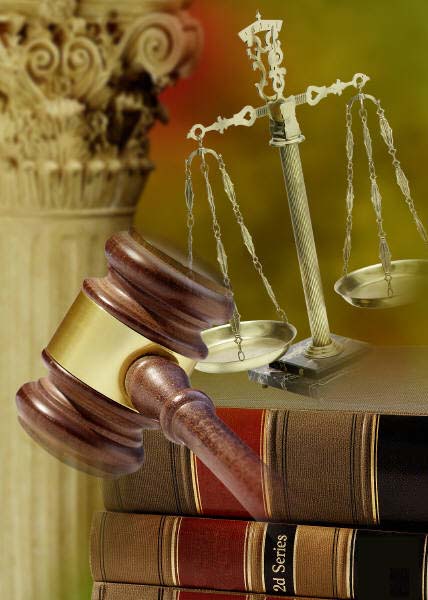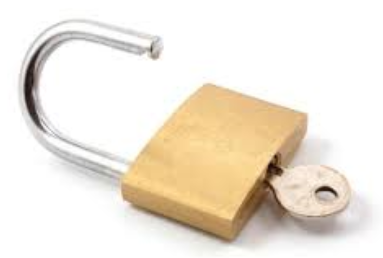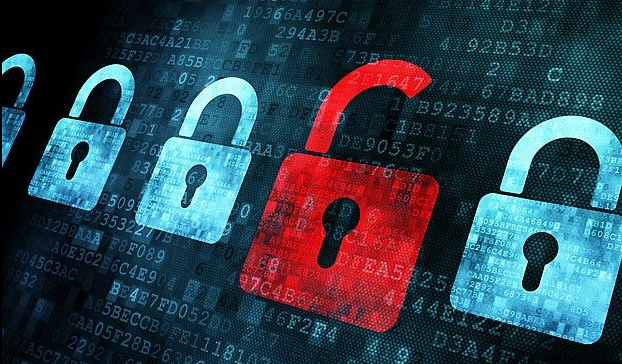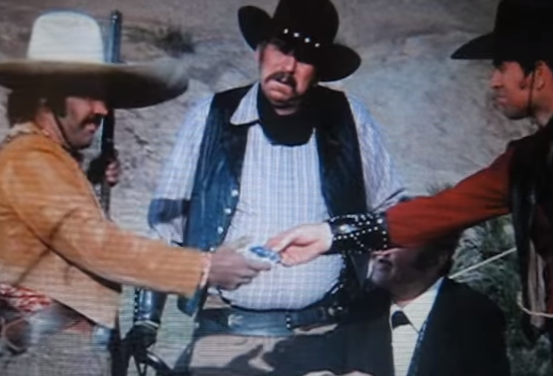Rule Change Could Facilitate the Government’s Ability to Access ESI in Criminal Investigations: eDiscovery Trends

A rule modification adopted by the United States Supreme Court that significantly changes the way in which the government can obtain search warrants to access computer systems and electronically stored information (ESI) of suspected hackers could go into effect on December 1.
On April 28, the Supreme Court submitted the amendments to the Federal Rules of Criminal Procedure that were adopted by the Supreme Court of the United States pursuant to Section 2072 of Title 28, United States Code. One of those proposed rule changes, to Federal Rule of Criminal Procedure 41, would enable “a magistrate judge with authority in any district where activities related to a crime may have occurred has authority to issue a warrant to use remote access to search electronic storage media and to seize or copy electronically stored information located within or outside that district if:”
- “the district where the media or information is located has been concealed through technological means; or”
- “in an investigation of a violation of 18 U.S.C. § 1030(a)(5), the media are protected computers that have been damaged without authorization and are located in five or more districts.”
Currently, the government can only obtain a warrant to access ESI from a magistrate in the district where the computer with the stored information is physically located.
As reported in JD Supra Business Advisor (Come Back With a Warrant: Proposed Rule Change Expands the Government’s Ability to Access Electronically Stored Information in Criminal Investigations, written by Thomas Kurland and Peter Nelson), proponents of the rule change say it is necessary to allow the government to respond quickly to cyber-attacks of unknown origin – particularly malicious “botnets” – which are becoming increasingly common as hackers become ever more sophisticated.
However, others say the rule change will significantly expand the government’s power to search computers without their owners’ consent – regardless of whether those computers belong to criminals or even to the victims of a crime. One US senator, Ron Wyden of Oregon, has called for Congress to reject the rules changes, indicating that they “will massively expand the government’s hacking and surveillance powers” and “will have significant consequences for Americans’ privacy”. He has indicated a “plan to introduce legislation to reverse these amendments shortly, and to request details on the opaque process for the authorization and use of hacking techniques by the government”.
So, what do you think? Will Congress reverse these amendments? Should they? Please share any comments you might have or if you’d like to know more about a particular topic.
Just a reminder that I will be moderating a panel at The Masters Conference Windy City Cybersecurity, Social Media and eDiscovery event tomorrow (we covered it here) as part of a full day of educational sessions covering a wide range of topics. CloudNine will be sponsoring that session, titled Faster, Cheaper, Better: How Automation is Revolutionizing eDiscovery at 4:15. Click here to register for the conference. If you’re a non-vendor, the cost is only $100 to attend for the full day!
Disclaimer: The views represented herein are exclusively the views of the author, and do not necessarily represent the views held by CloudNine. eDiscovery Daily is made available by CloudNine solely for educational purposes to provide general information about general eDiscovery principles and not to provide specific legal advice applicable to any particular circumstance. eDiscovery Daily should not be used as a substitute for competent legal advice from a lawyer you have retained and who has agreed to represent you.




